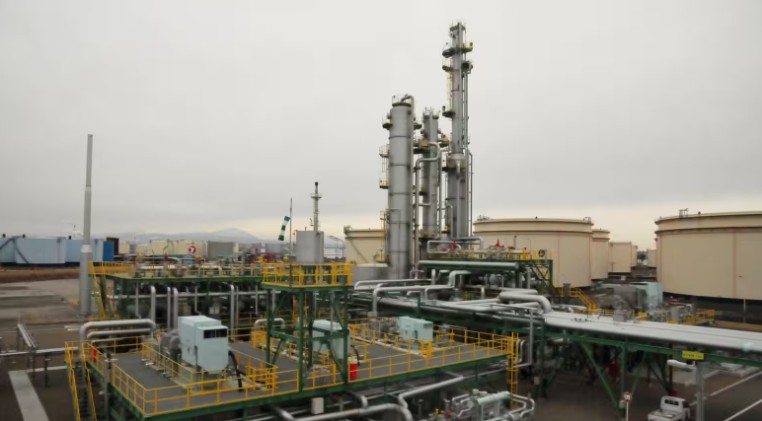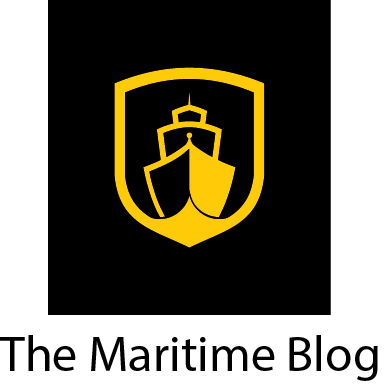search the site
Japan to ship CO2 emissions to Malaysia for storage underground

RIHO NAGAO
TOKYO — Japan and Malaysia are closing in on an agreement to cooperate on the underground storage of carbon dioxide, Nikkei has learned, in a plan that would take the greenhouse gas produced in Japan and transport it in liquefied form to the Southeast Asian nation for storage, starting as early as 2030.
Parties including trading house Mitsui & Co. and Japanese compatriot Kansai Electric Power are working on the project with state-run Malaysian oil company Petronas. The plan is to inject the gas into large offshore gas fields once they are depleted.
Plans for three sites are underway. An estimated annual maximum of 10 million tonnes of the gas will be stored in this manner. This would mark Japan’s first agreement on carbon sequestration with a foreign country.
Japan aims to achieve net-zero greenhouse gas emissions by 2050. The country is expanding the use of such renewable energy sources as solar and wind power as well as the introduction of electric vehicles. The government has also set a goal of storing 120 million tonnes to 240 million tonnes of CO2 underground per year by 2050 — the equivalent of 10% to 20% of Japan’s total CO2 emissions in fiscal 2023.
There are currently 11 candidate sites for underground sequestration in Japan, with total capacity estimated at 16 billion tonnes. A project off the coast of Hokkaido is expected to start in 2025, but full-scale studies and development have yet to begin for many projects.
The government thus views transportation to overseas sites as essential and has begun seeking international cooperation. A memorandum of understanding with Malaysia will be signed by summer.
On the overseas transportation of CO2, the London Protocol generally requires that no marine pollution be allowed in such agreements.
Under an energy plan approved by the cabinet this February, Japan would still rely on fossil fuels for around 30% to 40% of its power generation mix in fiscal 2040, making the country dependent on energy that releases greenhouse gases for some time.
Under the sequestration scheme, CO2 emitted by domestic power plants and factories would be captured, liquefied and transported on specially developed ships. The use of such environmentally friendly fuels as hydrogen and ammonia for transportation will result in low carbon emissions.
In international cooperation regarding sequestration of CO2, Norway has signed memorandums of understanding with countries including the Netherlands and Denmark to facilitate transport and storage under the seabed.
Japan will explore additional cooperation with such other countries as Australia. Japanese oil company Inpex and Chubu Electric Power are working with local companies to pursue such projects.
The government sees a need for investing roughly 4 trillion yen ($28 billion) over 10 years in carbon capture and storage. The burden on the private sector will be large, so investment will be bolstered through the use of such instruments as green transformation bonds.
source : asia.nikkei


















